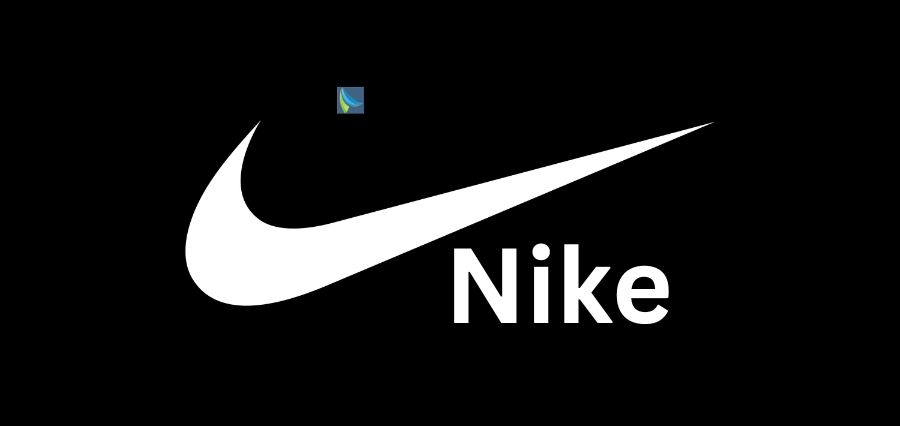Prime Highlights:
- Nike fourth-quarter revenue fell 12%, beating a projected 14.9% decline.
- The company is diversifying away from China and using selective price increases to offset rising tariff expenses.
Key Facts:
- Q4 revenue closed at $11.10 billion, ahead of estimates of $10.72 billion.
- Nike is projecting a mid-single-digit Q1 revenue fall, better than the estimated 7.3% loss.
Key Background:
Nike’s fourth-quarter results beat Wall Street projections even as there was a steep year-over-year fall in revenue by 12%. The company reported revenue of $11.10 billion for the quarter through May 31, which shows improved-than-expected sales in some of the categories such as running and women’s apparel. The analysts had anticipated the fall being sharper, but Nike’s attempts at revamping things at an early stage are now bearing satisfying consequences.
Among the primary challenges that Nike is battling currently is the effect of U.S. tariffs on Chinese goods. Of Nike’s shoes exported to the U.S. at present, 16% are manufactured in China. The tariffs are estimated by the company to increase costs by almost $1 billion. Therefore, Nike is trying to lower its dependence on China by transferring production to other nations with the aim of lowering China’s share to a high single-digit percentage by 2026. Meanwhile, the company is sharply increasing product prices in certain markets in an effort to shield margins.
Nike management has stepped up emphasis on innovation and sports promotion. It had observed more resiliency in sales of running shoes through brands such as Pegasus and Vomero, which were driving expansion. It also boosted spending on marketing by 15%, to match up with a more aggressively storytelling-led brand overhaul that emphasizes athleticism. Strategies such as premier sporting events and athlete endorsements are used to assist in re-motivating core consumers.
Going forward, Nike is guiding towards a mid-single-digit decline in revenue in the fiscal 2026 first quarter, slightly better than its analysts’ estimate of a decline of 7.3%. Despite inventory levels being at all-time highs and weak Chinese demand, investors are getting optimistic on the back of company’s strategic changes in production, price, and promotion. Nike shares rose more than 11% in after-hours trading after the earnings announcement, underlining optimism in the market regarding its turnaround pace.
Read Also : Walmart CEO Says India’s Next Big Goal to Be Announced After Site Completion







